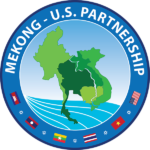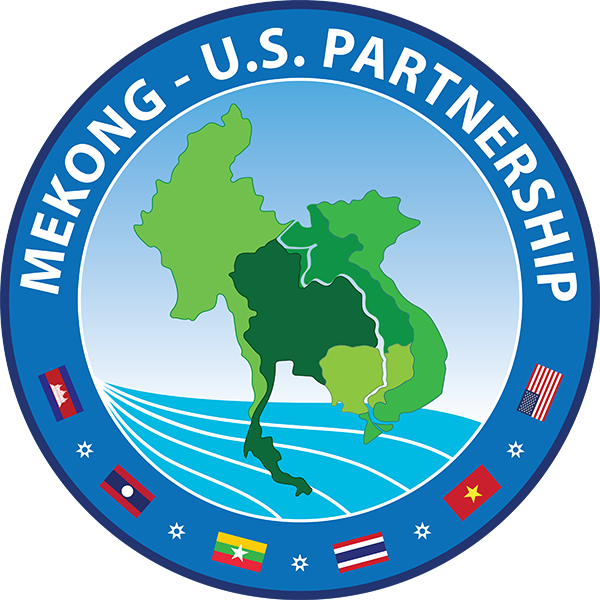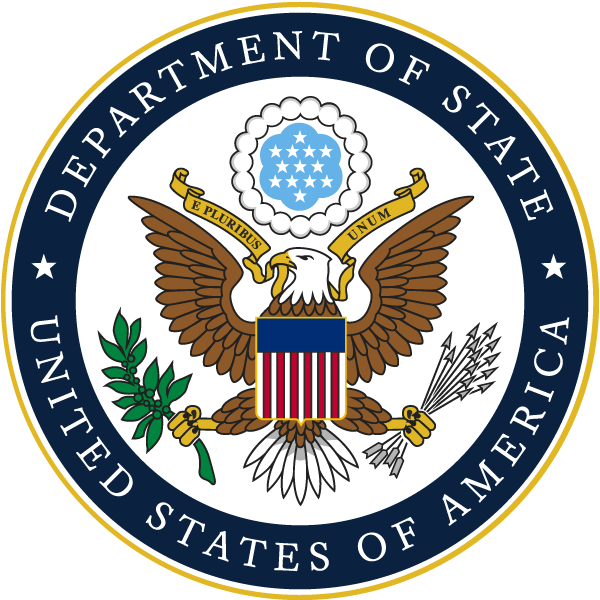The Partnership Policy Dialogues are a series of six multi-day conferences that will take place from 2021 – 2023 to explore solutions to key policy and sustainability challenges facing the Lower Mekong. The conferences will explore themes that include connectivity, energy and infrastructure, non-traditional security, transboundary water governance, and nature-based solutions. Tying the conference experiences together are cross-cutting values of inclusivity, resilience (including climate), and collaboration.
The Mekong Dam Monitor provides accessible and transparent satellite data on reservoir levels in the Mekong River, giving Mekong sub-region communities information to plan economic activities and climate mitigation strategies.
EAP Assistant Secretary Kritenbrink’s Keynote Address for the Mekong-U.S. Partnership Track 1.5 Dialogue on Infrastructure and Energy Good morning and good evening, everyone. It is an honor to speak to so many distinguished guests, YSEALI participants, innovators, leaders, and policy makers from across the region. It is a region I am passionate about, having recently…
Did you know: Thailand used 60 TW of power just to run air conditioning in 2020—but stricter energy efficiency standards could reduce this consumption by 20 to 30 percent? Cambodia's hydropower production was curtailed by the Mekong drought in 2019-2020? Vietnam was a late starter in renewable energy, but feed-in tariffs helped install 9GW of…
The Stimson Center and the International Union of Nature (IUCN) will host the first of six Mekong-US Partnership Track 1.5 Policy Dialogues, with the first four-day event beginning March 19 (Asia)/March 18 (U.S.). The opening plenary session will feature keynote remarks from Ambassador Atul Keshap, Principal Deputy Assistant Secretary of State, Bureau of East Asian and Pacific Affairs and a high-level panel. The opening plenary session is open to the public and press. RSVP to attend opening plenary: March 19, 8:30am ICT (9:30pm EDT).
Launched on December 15, 2020, the Mekong Dam Monitor (MDM) is the region's premier water monitoring tool. This monitor is open-source and freely available for users on the Mekong Water Data Initiative (MWDI) website - MekongWater.org. The Mekong Dam Monitor features virtual dam and reservoir gauges that use remote sensing, satellite imagery, and GIS analysis to provide weekly reports about environmental indicators in the Mekong Basin. The Stimson Center's Southeast Asia Program and Eyes on Earth, Inc. collaborative partnership developed the MDM with funding support from the Mekong-U.S. Partnership. This publicly available tool will significantly expand the water data available in the region, putting information into the hands of the people who need it the most so they can make informed decisions affecting livelihoods and regional security.
The Mekong Research Symposium (MRS) concluded today in Hanoi, after three days of discussions and demonstrations of tools for drought and flood predictions, water resource management, and resilience building. The event, organised by the Sustainable Infrastructure Partnership (SIP) as part of the Lower Mekong Initiative (LMI) from 16-18 December, brought together 160 participants from around…

The Mekong-U.S. Partnership is a multinational partnership among Cambodia, Lao PDR, Myanmar, Thailand, Viet Nam, and the United States to create integrated cooperation among the five Lower Mekong countries. Learn more >
 Mekong - U.S. Partnership
Mekong - U.S. Partnership

